Do you have a question about the Nikon AF-S DX NIKKOR 16-85mm f/3.5-5.6G ED VR and is the answer not in the manual?
| Focal Length | 16-85mm |
|---|---|
| Maximum Aperture | f/3.5-5.6 |
| Minimum Aperture | f/22-36 |
| Lens Mount | Nikon F (DX) |
| Format Compatibility | DX |
| Angle of View | 83° - 18° 50' |
| Diaphragm Blades | 7 (rounded) |
| Filter Size | 67 mm |
| AF Actuator | Silent Wave Motor (SWM) |
| Image Stabilization | Yes, VR (Vibration Reduction) |
| Minimum Focus Distance | 0.38 m (1.2 ft) |
| Optical Design | 17 elements in 11 groups |
| Dimensions | 72 x 85mm (2.8 x 3.3in) |
| Weight | 485g (17.1oz) |
Key safety warnings: disassembly, malfunction, flammable gas, sun, children, handling.
Details on the lens hood, its attachment, and setting indices for proper mounting.
Explanation of zoom ring, focal length scale, distance scale, focus ring, and related indices.
Information on mounting index, rubber gasket, CPU contacts, and vibration reduction switches.
Vibration reduction allows slower shutter speeds, expanding usable range for hand-held shots.
The lens uses a Silent Wave Motor for smooth, silent, and instantaneous autofocus operation.
Enables accurate exposure control with Nikon's 3D color matrix metering via distance info.
Aspherical and ED elements ensure sharp images; seven-bladed diaphragm creates soft bokeh.
Guides on using the zoom ring, depth-of-field preview, and understanding distance scale limitations.
Explains camera focus mode selection and how to override autofocus with manual focus.
Explains the basic concept of VR and its application in panning and moving vehicle shots.
Details on how to set the ON/OFF switch for vibration reduction and its effects.
Explanation of NORMAL and ACTIVE modes for vibration reduction mechanism.
Guidance on viewfinder stabilization, panning shots, and potential image blur after release.
Details how zooming affects maximum aperture and how the camera compensates with shutter speed.
Notes on avoiding vignetting with the lens hood and flash distance limitations.
Instructions for attaching the bayonet hood, including alignment with mounting and setting indices.
Procedure for detaching the bayonet hood by turning it clockwise after holding its base.
Guidance on cleaning lens surfaces using blower brushes, soft cloths, and approved cleaners.
Advice on storing the lens, using lens caps, and avoiding damage from heat or moisture.
Lists teleconverters, extension rings, and other accessories incompatible with this lens.
Details the standard accessories provided with the lens, such as lens caps and hood.
Lists optional accessories that can be purchased separately for use with the lens.
Details on lens type, focal length, aperture, construction, angle, scales, distance info, and zoom control.
Information on focusing systems, vibration reduction method, and distance measurement scales.
Technical specifications for diaphragm blades, aperture range, exposure measurement, and attachment size.
Provides the diameter and extension length of the lens from the camera's lens-mount flange.
Specifies the approximate weight of the lens in grams and ounces for handling and portability.
Discusses autofocus difficulties with small subjects or finely patterned/low-contrast scenes.
Provides solutions for autofocus challenges, including focus lock and recomposing shots.
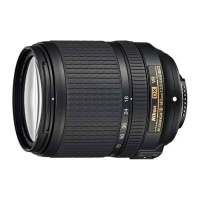
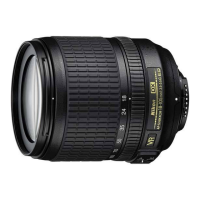
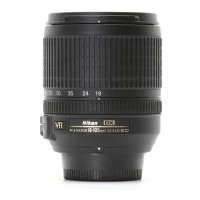

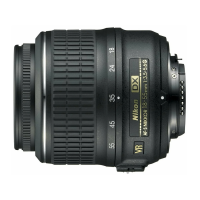
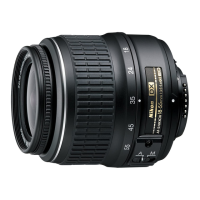
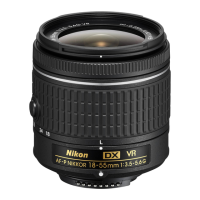
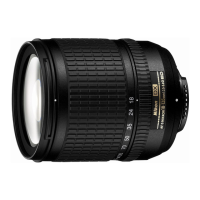
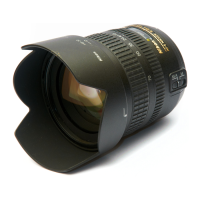
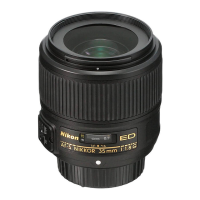
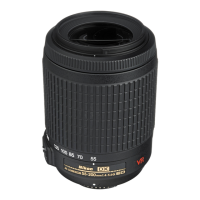
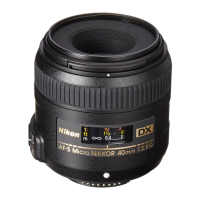
